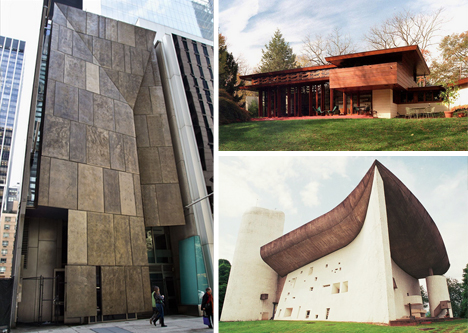What Is The Impact Of Architecture On The Preservation Of Historic Landscapes?

Preserving architectural landmarks is a crucial undertaking that requires the concerted effort of communities, organizations, and governments worldwide. The protection of historical buildings is imperative for several reasons that go beyond their aesthetic and cultural significance. Here are a few reasons why we should preserve historic architecture.
1. Historical Significance
Historic architecture provides a tangible link to the past and is essential for interpreting historical documents, texts, and events. It helps future generations understand the evolution of art, design, and construction and the evolution of human society over time. Architectural landmarks represent culture, artistic expression, and human ingenuity from various periods, providing a sense of continuity in the built environment.
2. Cultural Heritage
Historic buildings reflect the culture and traditions of a community. The preservation and restoration of these landmarks can help create a sense of identity and pride within the community while building a cultural legacy for future generations. The continued existence of these buildings is a testament to a society's achievements in art, architecture, and engineering.
3. Economic Benefits
Preserving historical architecture can generate economic benefits through tourism and other cultural activities. It can also create employment opportunities in the construction, restoration, and maintenance of historical buildings, contributing to the local and national economy.
4. Environmental Sustainability
Preserving historic architecture also has considerable environmental benefits. Restoration and renovation of historical buildings can use energy-efficient materials and technologies, which reduce carbon footprint and energy consumption. The reuse of these buildings instead of demolishing them also prevents the generation of construction waste, which contributes to the circular economy's principles.
5. Architectural Diversity
Historic architecture is diverse in style, form, and construction techniques, representing a broad range of social, cultural, and artistic expressions. Preserving these buildings ensures that architectural diversity is maintained, preventing homogeneity in the built environment, which is becoming increasingly prevalent.
6. Education and Research
Preserving historic architecture provides opportunities for education and research in various disciplines. It can help students, scholars, and professionals understand the history and evolution of architecture, engineering, and design, and contribute to the development of new technologies and materials. Research conducted on historic architecture can inform and influence contemporary design and construction practices.
7. Sense of Place
Historic architecture contributes to the character and sense of place of a city or community, representing a unique identity and history. Losing these buildings would diminish the sense of place, reducing the connection between residents and their environment and erasing the historical aspect of the community.
8. Symbolic Meaning
Historic architecture often carries symbolic meaning and social significance. It represents the ideals and values of a society, reflecting social, political, and economic contexts. Preservation of these buildings preserves the symbolic value and meaning associated with them, honoring the legacy and memory of the past.
Conclusion
Preserving historical architecture is a complex undertaking that requires significant effort, coordination, and resources. However, the benefits of preserving these buildings go beyond their cultural and aesthetic significance and extend to environmental sustainability, economic development, education, and research. Preserving historic architecture can help create a sense of place, build cultural heritage, and prevent homogeneity in the built environment, ensuring that architecture remains diverse, innovative, and symbolic.
FAQ
Why is it important to preserve historic architecture?
Preserving historic architecture is essential for its historical significance, cultural heritage, economic benefits, environmental sustainability, architectural diversity, education and research opportunities, sense of place, and symbolic meaning associated with these buildings.
What are the economic benefits of preserving historic architecture?
Preserving historic architecture can generate economic benefits through tourism and cultural activities and create employment opportunities in construction, restoration, and maintenance of historical buildings, contributing to the local and national economy.
What is the significance of historic architecture's diverse styles?
Historic architecture's diverse styles, forms, and construction techniques represent a broad range of social, cultural, and artistic expressions. Preserving these buildings ensures that architectural diversity is maintained, preventing homogeneity in the built environment, which is becoming increasingly prevalent.
What is the symbolic meaning associated with historic architecture?
Historic architecture often carries symbolic meaning and social significance, representing the ideals and values of a society and reflecting social, political, and economic contexts. Preservation of these buildings preserves the symbolic value and meaning associated with them, honoring the legacy and memory of the past.
What is the environmental significance of preserving historic architecture?
Preserving historic architecture has considerable environmental benefits. Restoration and renovation of historical buildings can use energy-efficient materials and technologies, which reduce carbon footprint and energy consumption. The reuse of these buildings instead of demolishing them also prevents the generation of construction waste, which contributes to the circular economy's principles.



:strip_exif(true):strip_icc(true):no_upscale(true):quality(65)/d1vhqlrjc8h82r.cloudfront.net/09-30-2020/t_ac6f3453477149a0bd5950060702dfff_name_image.jpg)
Post a Comment for "What Is The Impact Of Architecture On The Preservation Of Historic Landscapes?"